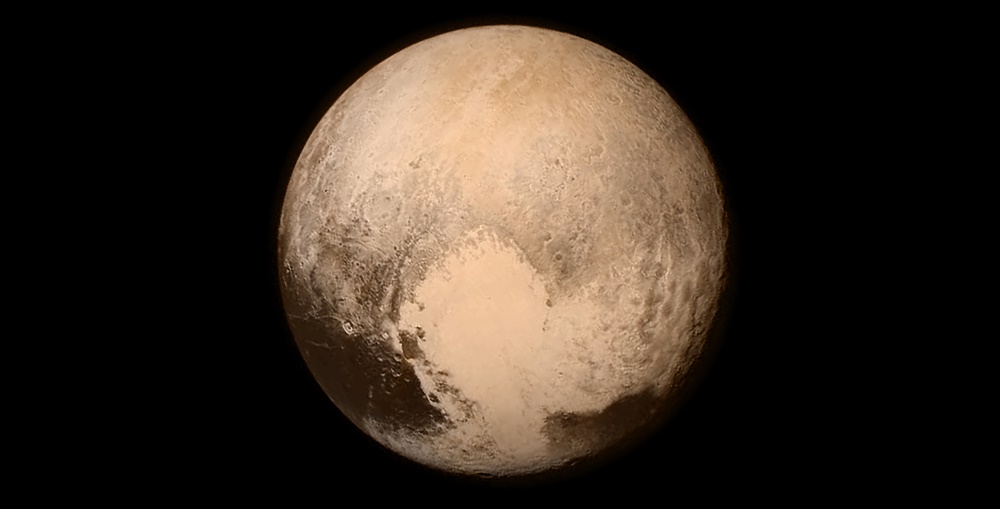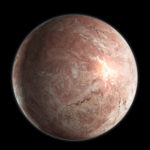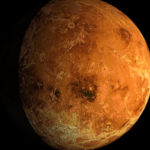Does Pluto have an atmosphere?
Let’s answer the question “Does Pluto have an atmosphere?”. The answer is simple – yes, it does. A team of astronomers led from the UK has detected carbon monoxide in the atmosphere of Pluto, after searching for nearly two decades by scientists from many parts of the world. Pluto was discovered in 1930, and was considered the smallest planet in our solar system, and more distant from the Sun.
However, since 2006, is officially considered a mini planet (or dwarf planet). The mini planets, of which there are few and recognized as such in our solar system, although it is believed that there are more, are bodies of hundreds of kilometers in diameter, which tend to revolve around the sun in orbits far, usually further away followed the sun than Neptune.
Pluto is the only mini planet of which are known to have an atmosphere, although very faint. It was discovered in 1988. The new study results, obtained by the team of the astronomer Jane Greaves of the University of St Andrews, using the James Clerk Maxwell telescope in Hawaii, show a strong telltale sign of the presence of carbon monoxide.
Previously it was believed that Pluto’s atmosphere was a hundred miles thick, but the new data raise the altitude of the upper limit of the atmosphere at more than 3,000 miles, a quarter of the distance between Pluto’s moon larger, Charon. Carbon monoxide is detected at a very low temperature around 220 degrees Celsius.
In 1989, Pluto made its closest approach to the Sun of recent times, something that happens very infrequently, as this star takes 248 years to complete one orbit around the sun. The gases present in the atmosphere of Pluto probably result from the action of solar radiation when it warms to the highest possible temperature ice surface mini planet. Higher temperatures, slightly higher than the average reached in the times when Pluto is closer to the sun. The highest incidence of solar radiation causes some of the icy material passes into a gaseous state.
The resulting atmosphere of these periods of warming is probably the most fragile of the solar system, since the upper layers of the same is just dispersing in space. Unlike carbon dioxide gas with a powerful greenhouse gas, carbon monoxide acts as a coolant. Methane, meanwhile, has a strong greenhouse effect, which allows it to absorb sunlight and do slightly increase the temperature.
Methane and carbon monoxide are a tiny percentage of Pluto’s atmosphere, which is believed to be dominated by nitrogen. The balance between methane and carbon monoxide is crucial to the atmospheric changes that Pluto recorded their long run between stations.
The recently discovered carbon monoxide could slow the escape of the atmosphere by limiting the excessive expansion of the same and lost part of it in space, but if the cooling effect is too large, may result in nitrogen snow and freezing all gases, which could well get caught in the area until the arrival of a weather station more conducive to return to a gaseous state.




























